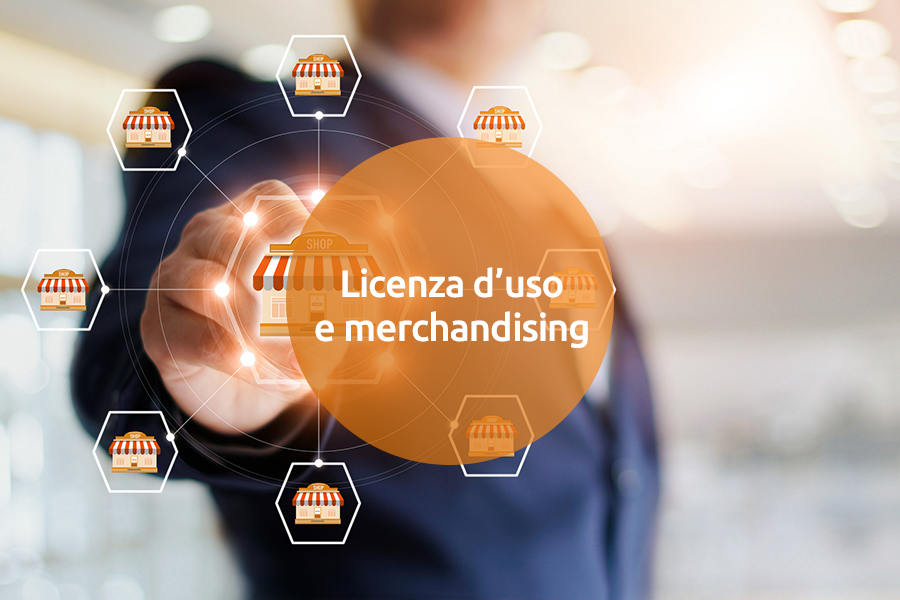The Court of Milan recently held that the use of images that are highly similar to those of products shown in a competitor's catalogue constituted unfair competition, and that the use of non-identical technical drawings was insufficient to establish a claim of misappropriation of a competitor’s confidential information.
Background
Lonos Test produced and sold measuring and testing devices for metallic and non-metallic materials. After many years as an employee of Lonos, Carlo Silva resigned. A few months later he started his own company, Astralab, together with a former Lonos sales agent. Astralab operated in the same market and was a competitor of Lonos.
Lonos learned that Silva had contacted some of Lonos’s most important suppliers and offered to produce materials testing machines for them based on technical drawings that were highly similar to those used by Lonos. Further, Lonos believed that Astralab had used photos from its catalogue and asserted ownership over features belonging to Lonos and used in its products.
Lonos sued Astralab and Silva for the allegedly slavish imitation of Lonos’s products and misappropriation of confidential information. Lonos asked the Court of Milan to declare that the defendants had engaged in unfair competition and enjoin them from manufacturing, selling and advertising machines that slavishly imitated Lonos’s products. Lonos also asked the court to rule that the defendants’ conduct constituted a misappropriation of confidential information and order them to pay €200,000 in damages.
The court appointed an expert to analyse the case's technical aspects.
Legal Background
Unfair competition matters in Italy are regulated by Article 2598 of the Industrial Property Code. Article 2958 states that a party performs acts of unfair competition if it:
-
uses names or distinctive signs which are capable of producing confusion with the names or distinctive signs legitimately used by others, slavishly imitates the products of a competitor or performs by any other means acts capable of creating confusion with the products and activities of a competitor;
-
disseminates information and opinions about the products and activities of a competitor that can discredit the competitor or appropriate the merits of a competitor's products or business; and
-
directly or indirectly uses any other means which violate the principles of professional fairness and are capable of harming a third party’s company.
Questions of misappropriation of confidential information are governed by Article 98 of the Industrial Property Code, which provides a definition of 'trade secrets', and Article 99, which states that the legitimate holder of trade secrets has the right to prohibit third parties from acquiring, disclosing or abusively using such trade secrets unless they have been independently obtained by the third party.
Court of Milan decision – Unfair Competition
The defendants admitted that, for a limited period of time, Astralab had included images on its website which were taken from Lonos’s catalogue and modified with respect to colours, trademarks and other minor aesthetic details.
Regarding unfair competition for slavish imitation, the claimant bears the burden of proof to demonstrate the distinctive character of the shapes that have been allegedly copied.
In this case, the court-appointed technical expert concluded that Lonos had demonstrated that the shapes of its machines had acquired distinctive character because they had been available on the market for a long time and were therefore recognised by the public as being made by Lonos. Lonos’s claim under Article 2598(1) of the Industrial Property Code was therefore accepted by the court.
The technical expert also determined that the defendants’ use of the images of Lonos’s machines gave the impression to the relevant market that the machines were associated with Lonos. Therefore, the judge also agreed that the defendants had engaged in unfair competition under Article 2598(2) by misappropriating the commercial and technical merits of Lonos's products and passing off its own products as Lonos machines.
Slavish imitation and misappropriation
Despite these findings, the technical expert concluded that there was insufficient evidence of Lonos’s claims for slavish imitation with regard to the Astralab machines and of misappropriation of confidential information, pursuant to Articles 98 and 99 of the Industrial Property Code. There was also insufficient proof of misappropriation of computer media or technical drawings belonging to Lonos.
Further, as the technical expert found that the product drawings provided by Astralab were not identical to the corresponding Lonos product, the former could not be considered to derive directly from the latter.
Lonos was also unable to demonstrate that confidential information had been stolen, or that the defendants had possessed technical drawings or confidential information belonging to Lonos. Further, it was unable to prove that Silva contributed to the acts of unfair competition performed by Astralab because none of the witnesses who testified in connection with this issue could confirm Silva’s role in Astralab’s illicit activities.
Damages
The court noted that Astralab was a partnership formed by two people: Silva and the former Lonos salesperson. A company and the physical person who represents it are distinct entities. Therefore, Silva was not held personally responsible for Astralab’s actions. The judge concluded that the claim for damages should apply only to Astralab as a company.
In accordance with the findings of the technical expert, although Astrolab engaged in acts of unfair competition, the court held that the machines manufactured by Astralab were not the result of the misappropriation of confidential information. It therefore enjoined Astralab only from the publication, reproduction and advertisement of images taken from the Lonos catalogue.
Since the court found that only the claim for unfair competition relating to the misuse of the images under Article 2598 of the Industrial Property Code was proven (and not the claims for misappropriation of confidential information under Articles 98 and 99), the damages awarded to Lonos (€5,000) were considerably less than the requested amount to be paid only by Astralab (€200,000).
Comment
In assessing whether the use of images for advertising purposes that are very similar to the images of products in a competitor’s catalogue can be considered an act of unfair competition, the plaintiff must prove that the shapes that have been copied have distinctive character. In this case, the presence of the products in the market over a long period and their appreciation by the public were considered sufficient elements to satisfy this requirement.
However, to prove misappropriation of confidential information, the plaintiff must specifically identify the misappropriated confidential information and demonstrate how and under what circumstances the misappropriation occured. Here, the mere fact that the defendants used technical drawings that were similar to the corresponding drawings for Lonos’s machines was insufficient for a finding of trade secret misappropriation.





